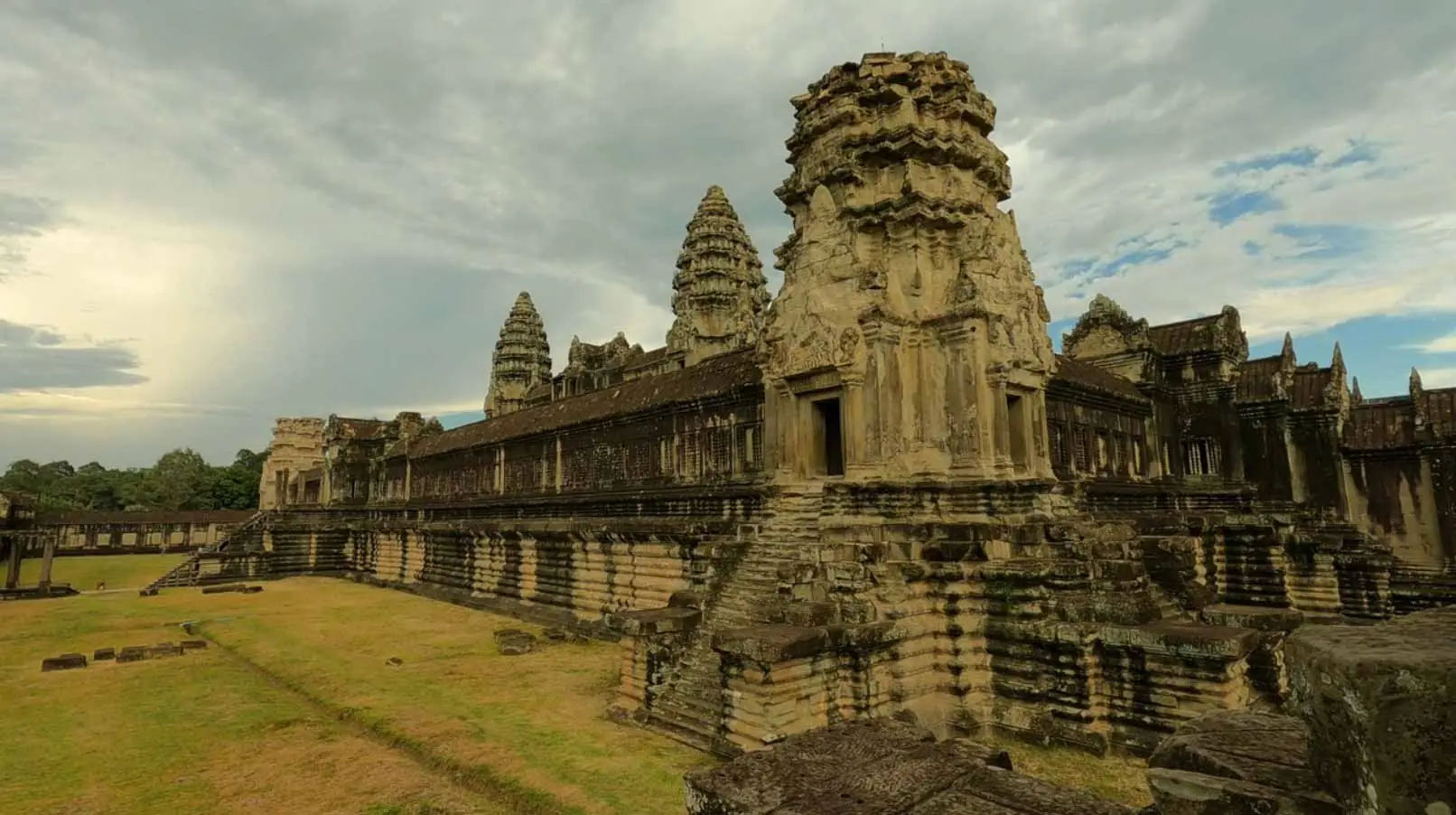Siem Reap, now a bustling city and the tourism capital of Cambodia, has a history deeply rooted in the rise and fall of one of Southeast Asia’s greatest empires—the Khmer Empire.
The Birthplace of an Empire
Between the 9th and 15th centuries, Siem Reap was the heart of the powerful Khmer Empire. This ancient civilization built the legendary Angkor Wat, along with hundreds of other temples scattered across the Angkor Archaeological Park. At its peak, Angkor was one of the largest and most sophisticated cities in the world, with advanced engineering, architecture, and irrigation systems.
The name “Siem Reap” means “Defeat of Siam”, referring to a historical conflict between the Khmer and Siamese (Thai) kingdoms. While the name suggests a Khmer victory, the region was contested for centuries, changing hands between Cambodian and Thai rulers multiple times.
The Fall and Forgotten Years
After the decline of the Khmer Empire in the 15th century, the region slowly became overgrown by jungle and forgotten by much of the world. For centuries, the temples of Angkor lay hidden beneath layers of forest, known only to locals and monks.
It wasn’t until the 19th century, when French explorers “rediscovered” the temples, that Siem Reap returned to international attention. The French colonial period (1863–1953) brought increased archaeological interest and partial restoration of Angkor Wat and its surrounding temples.
Siem Reap in the Modern Era
The city remained relatively quiet until the late 20th century. After decades of conflict and the tragic Khmer Rouge regime, Cambodia began to reopen to tourism in the 1990s. Since then, Siem Reap has transformed into one of the most visited cities in Southeast Asia, thanks to its proximity to Angkor Wat and growing infrastructure.
Today, Siem Reap is a dynamic mix of ancient heritage and modern development. While tourism plays a major role in the local economy, the city has managed to preserve its cultural identity, traditions, and warm hospitality.
Why Siem Reap’s History Matters
Understanding the history of Siem Reap adds depth to your journey. When you walk among the ancient stones of Angkor Thom or Bayon Temple, you’re stepping through centuries of Khmer legacy. It’s not just sightseeing—it’s witnessing the rise, fall, and rebirth of a civilization.

